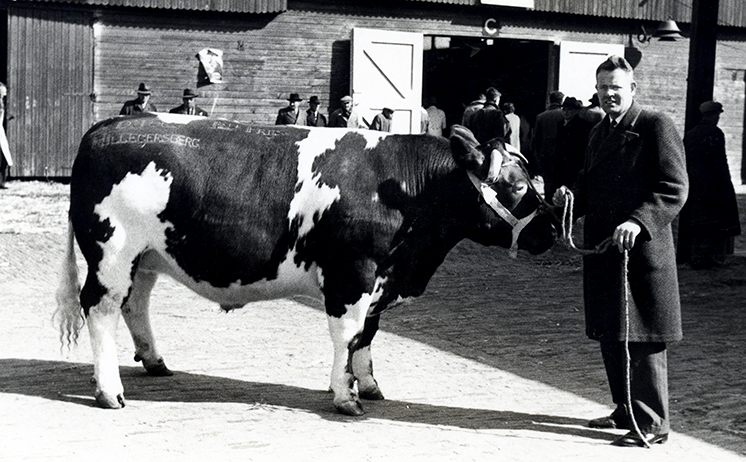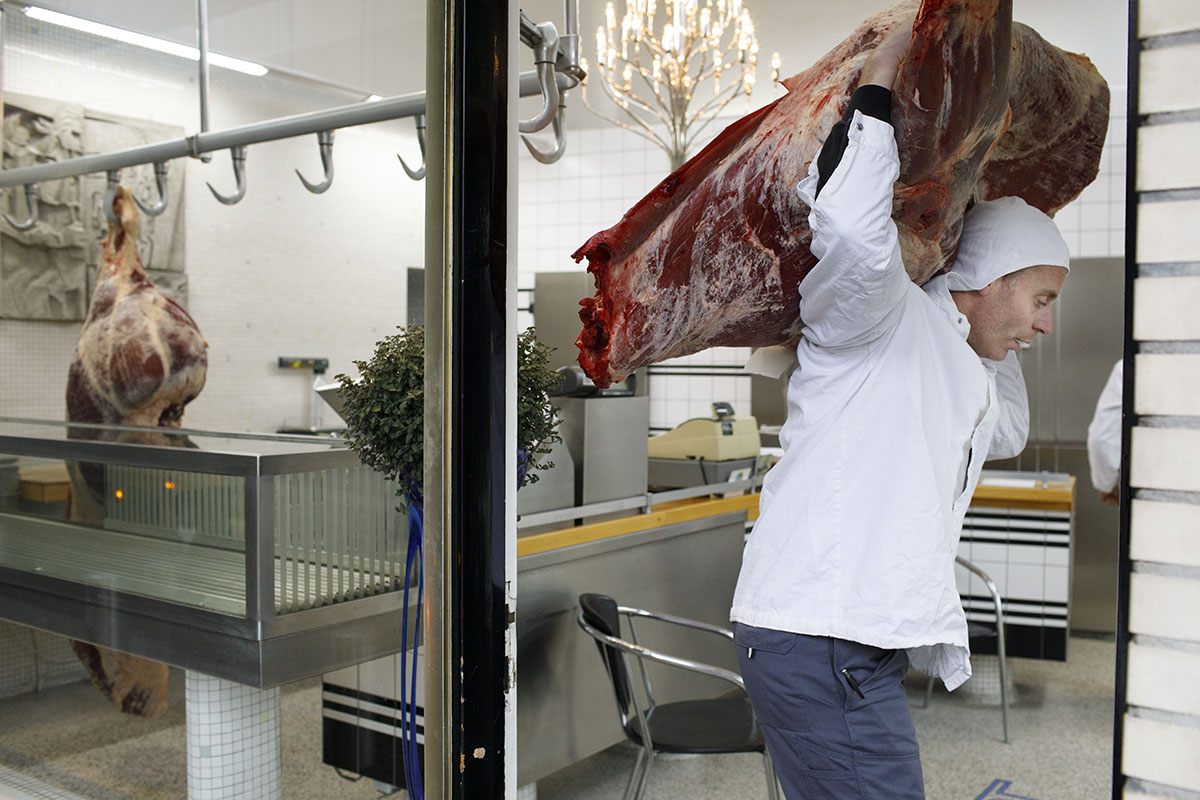To get the tastiest meat, you must start at the farm. It was the belief of our founder Bas Tol. He became acquainted with farmers around Hillegersberg because it was important to him to know where his meat came from, and how the animals lived. Farmers would reserve their best animals for his butcher shop. “A fine animal for Tol,” they’d say. Today we refer to this as a “short chain,” but four generations of Tol butchers knew no other way.

Why does our meat taste so different? It’s a question we hear often. The answer is simple: you can only get a distinctive product if the animal has had a good life.

It all starts with an animal of a good breed, with excellent bloodlines. That animal should get balanced, high-quality nutrition, but also a lot of space to roam freely, comfortable living quarters, safe transportation, and humane slaughter. A stress-free life ultimately affects the flavor and texture of meat.
In every phase of the chain, we do not compromise on quality. We want the proper cooling and hygiene throughout the process and the correct ripening on the carcass. Only after, our craftsmanship comes into play. Taking these factors into consideration, it’s evident that this will increase the cost of the end product. The meat you buy from us may cost a little more, but you’ll get a lot more in return.
The beef we sell comes from Twente, where animals get lots of space to roam, and natural, balanced feed. Animal welfare is a top priority for our farmers when it comes to breeding and raising their animals. Our meat is delivered to us on carcasses after a hygienic and humane slaughter, and it is allowed to age according to our traditions before further processing.
Our pork, poultry, lamb, and game are also sourced from farmers and hunters who work differently from most of their colleagues. The animals have space, receive natural feed, and are carefully transported to the slaughterhouse. All this can be tasted in the end product.



